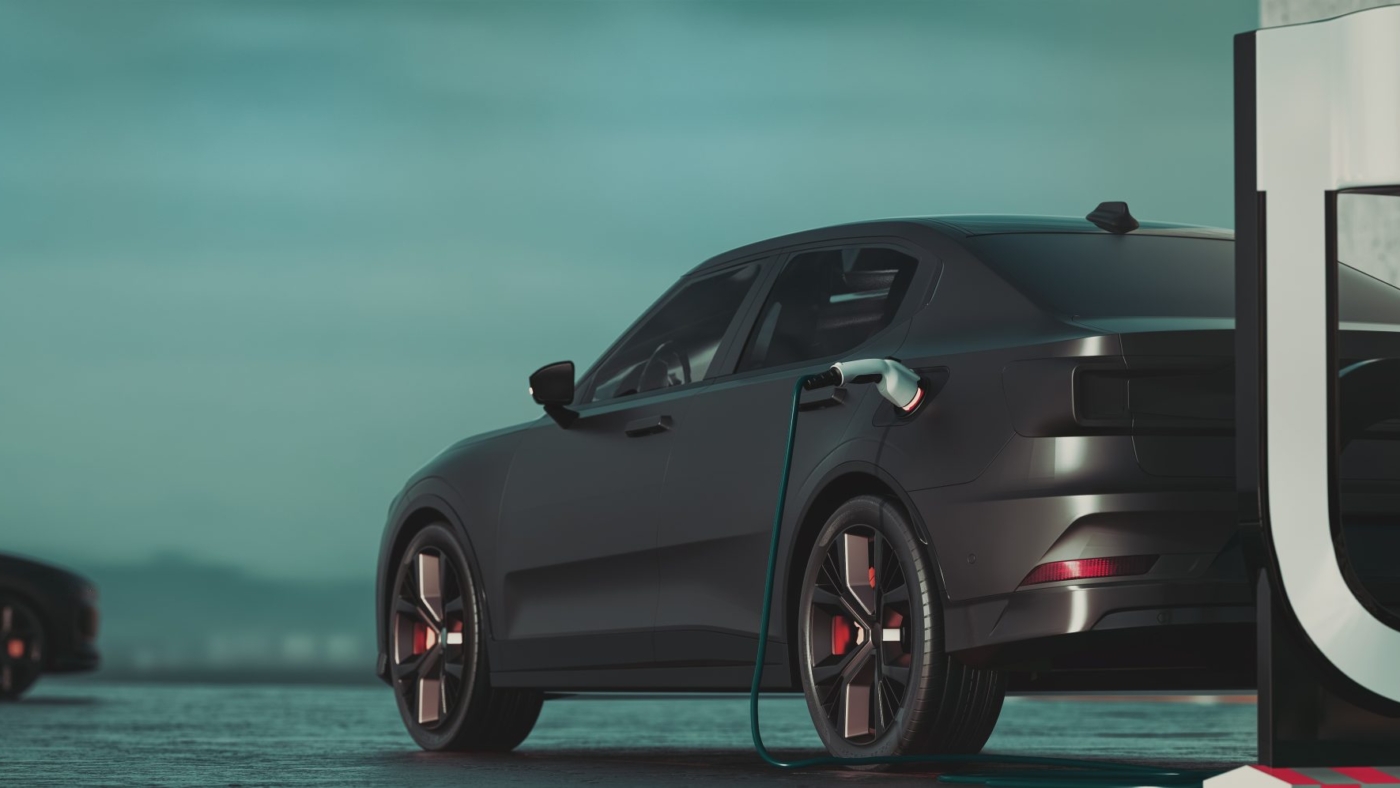The global electric vehicle market continues to expand at a remarkable pace, and Chinese automakers are playing an increasingly central role in shaping that growth. Among the newest contenders to capture international attention is Dongfeng’s Forthing Friday, a medium-sized electric SUV that is preparing to debut in Australia with what the company promises will be a highly competitive, cut-price strategy. While the Australian launch is the immediate focus, the bigger story is what this kind of vehicle could mean for the United States, where affordability and accessibility are becoming key themes in the EV conversation.
The Forthing Friday arrives as a sleek, family-friendly SUV designed to blend practicality with the technology-driven advantages of electrification. Unlike some rivals that emphasize luxury and high performance above all else, Dongfeng is targeting the sweet spot of the market: buyers who want reliable range, modern design, and everyday usability without breaking the bank. With a footprint similar to popular American crossovers, the Friday positions itself as a direct competitor to models like the Hyundai Ioniq 5, Volkswagen ID.4, and even the Tesla Model Y, but at a price point that could significantly lower the barrier to entry for mainstream consumers.
Affordability is central to the Friday’s appeal. In markets like Australia and potentially the U.S., the high cost of electric SUVs has been one of the biggest obstacles to mass adoption. Dongfeng’s strategy of delivering a medium SUV at a “cut-price” level could resonate strongly with American families who are curious about EVs but reluctant to pay a premium. If the company can deliver a competitive driving range, adequate charging speeds, and a robust warranty, the Friday may become a gateway vehicle for a new wave of EV adopters across the United States.
Design-wise, the Forthing Friday showcases the rapid evolution of Chinese automotive styling. It avoids the overly futuristic look that can alienate some buyers, instead presenting a clean, modern profile with aerodynamic elements and practical proportions. The cabin is expected to follow the trend of integrating large infotainment screens, smart connectivity, and minimalist controls, appealing to tech-savvy buyers while remaining approachable to those transitioning from traditional vehicles. For American consumers who prioritize space and comfort, the Friday promises seating versatility, cargo-friendly layouts, and thoughtful storage solutions.
Performance details will be closely scrutinized, as American buyers demand more than just affordability from their vehicles. While the Friday is unlikely to chase the blistering acceleration of premium EVs, it is expected to offer sufficient power for urban commutes and highway driving, along with ride quality tuned for comfort rather than raw sportiness. Battery efficiency and range will be crucial factors, and given China’s advancements in battery technology, Dongfeng is well-positioned to compete on these fronts. Fast-charging capability will also be a major selling point, as U.S. consumers increasingly demand convenience to match their busy lifestyles.
The strategic expansion into Australia signals Dongfeng’s confidence in the Friday as a global product. Australia, much like the United States, has strong SUV demand and growing interest in EVs, making it a valuable testing ground. Success there could provide a blueprint for entering other Western markets, including the U.S. For American consumers, the arrival of such vehicles means more choices and potentially downward pressure on prices, forcing established automakers to rethink their pricing strategies and value propositions.
Competition in the U.S. electric SUV market is already fierce, but there is still room for disruption. The Tesla Model Y dominates sales, but its price remains a barrier for many households. The Hyundai Ioniq 5 and Kia EV6 have gained traction with design and range, while Chevrolet is repositioning itself with the Equinox EV as an affordable alternative. The Forthing Friday would need to carve out its identity among these rivals, offering a compelling blend of price, practicality, and modern features to earn a foothold. Dongfeng’s challenge will be building brand recognition and trust in a market where consumers are deeply loyal to familiar names.
The rise of Chinese EVs like the Friday also highlights a broader trend: the globalization of affordable electric mobility. As Chinese brands expand their presence, they bring with them aggressive pricing, innovative design strategies, and a willingness to adapt quickly to consumer demand. For U.S. buyers, this competition could usher in a new phase of EV adoption, where owning an electric SUV is no longer seen as a luxury or early-adopter choice but as a mainstream option accessible to average families.
Final Thoughts
The Dongfeng Forthing Friday may not yet be on American roads, but its international debut points to an inevitable future in which affordable, Chinese-built EVs play a role in the U.S. marketplace. With its focus on value, practicality, and global expansion, it represents the type of vehicle that could accelerate adoption among middle-class households and shift the competitive balance of the industry. For the United States, the Friday is more than a foreign launch story—it is a glimpse into the next wave of electric SUVs that prioritize accessibility as much as innovation.

